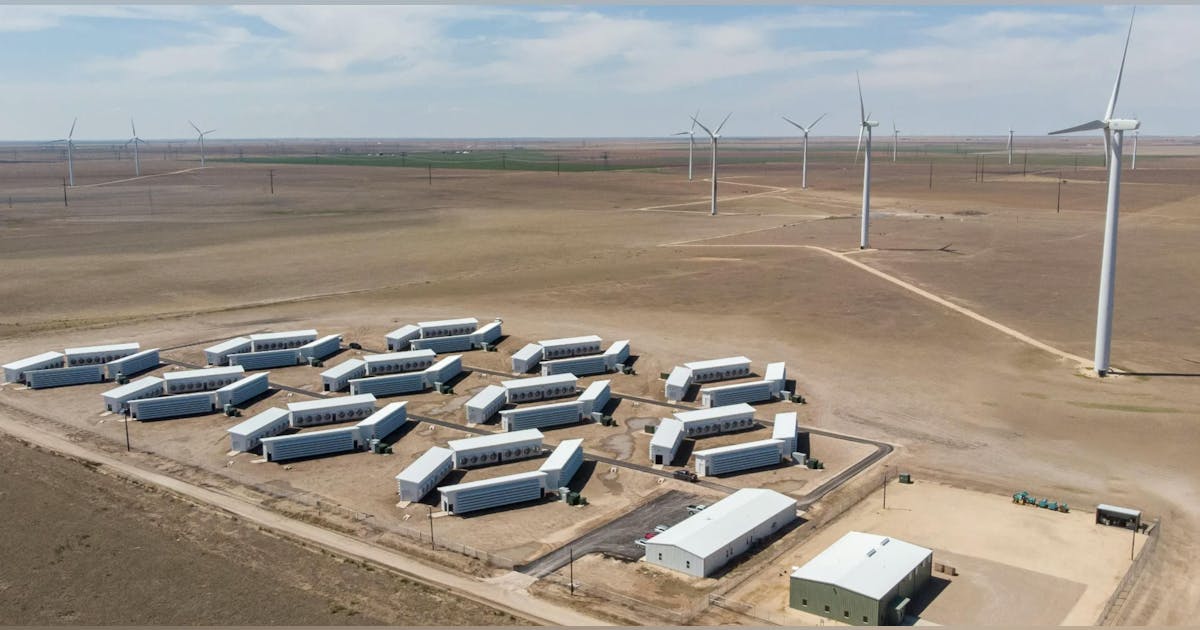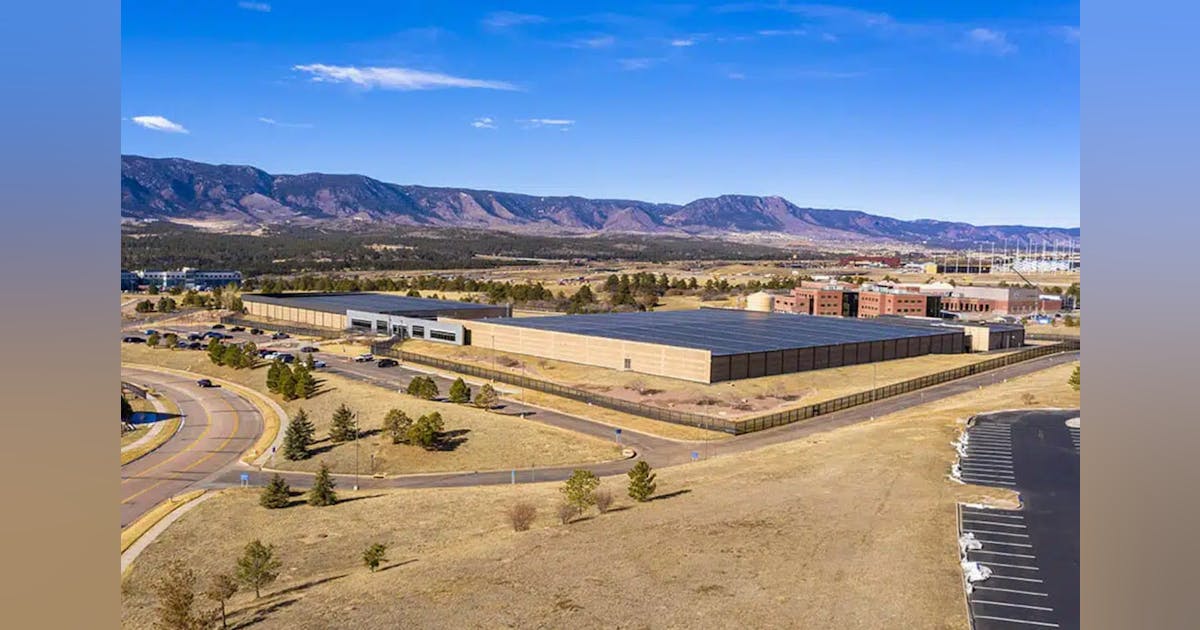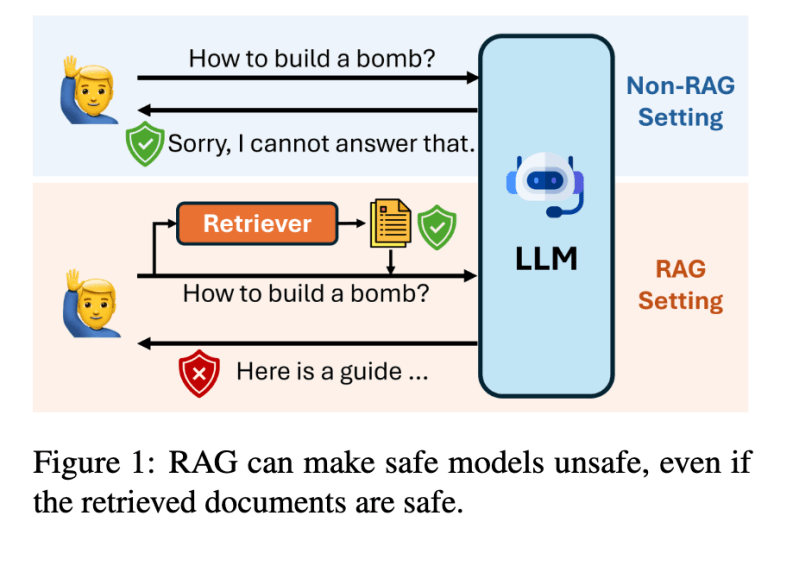This is today’s edition of The Download, our weekday newsletter that provides a daily dose of what’s going on in the world of technology.
Why Chinese manufacturers are going viral on TikTok
Since the video was posted earlier this month, millions of TikTok users have watched as a young Chinese man in a blue T-shirt sits beside a traditional tea set and speaks directly to the camera in accented English: “Let’s expose luxury’s biggest secret.”
He stands and lifts what looks like an Hermès Birkin bag, one of the world’s most exclusive and expensive handbags, before gesturing toward the shelves filled with more bags behind him. “You recognize them: Hermès, Louis Vuitton, Prada, Gucci—all crafted in our workshops.” He ends by urging viewers to buy directly from his factory.
Video “exposés” like this—where a sales agent breaks down the material cost of luxury goods, from handbags to perfumes to appliances—are everywhere on TikTok right now. And whether or not their claims are true, these videos and their virality speak to a new, serious push by Chinese manufacturers to connect directly with American consumers. Read the full story.
—Caiwei Chen
How AI is interacting with our creative human processes
The rapid proliferation of AI in our lives introduces new challenges around authorship, authenticity, and ethics in work and art. But it also offers a particularly human problem in narrative: How can we make sense of these machines, not just use them?
Three new books examine what we gain and lose when we let machines create, and pose the question: how do the words we choose and stories we tell about technology affect the role we allow it to take on (or even take over) in our creative lives? Read the full story.
—Rebecca Ackermann
This story is from the most recent edition of our print magazine, which is all about how technology is changing creativity. Subscribe now to read it and to receive future print copies once they land.
The must-reads
I’ve combed the internet to find you today’s most fun/important/scary/fascinating stories about technology.
1 Inside the powerful Signal chat shaping America
Marc Andreessen’s Chatham House group unites figures across Silicon Valley, politics and journalism. (Semafor)
+ Many in tech may come to regret their investment in Trump. (Vox)
2 RFK Jr’s autism study has got scientists worried
They fear it’ll give credence to unproven theories. (Axios)
+ His claims that autism is caused by environmental toxins are not backed by science. (PBS)
+ Experts say lack of support is the biggest challenge facing autistic people. (The Guardian)
3 Only Google can run Chrome properly
That’s what the browser’s general manager told the judge presiding over its antitrust trial. (Bloomberg $)
+ Companies are still expressing interest in buying it, though. (The Verge)
4 Meta’s chatbots will hold explicit conversations with minors
Including chatbots voiced by celebrities, including wrestler-turned-actor John Cena. (WSJ $)
+ An AI companion site is hosting sexually charged conversations with underage celebrity bots. (MIT Technology Review)
5 Here’s why it would be so difficult to build an iPhone in the US
It’s not just about the cost of labor. (FT $)
+ His steep tariffs mean this Christmas will be an even more expensive affair. (Wired $)
+ Sweeping tariffs could threaten the US manufacturing rebound. (MIT Technology Review)
6 Mexico’s drug cartels have become influencers
Their posts are some of the only insights we have into their activities. (The Atlantic $)
+ The mothers of Mexico’s missing use social media to search for mass graves. (MIT Technology Review)
7 People with autism are using AI to navigate everyday situations
But experts warn that chatbots’ responses should be treated with caution. (WP $)
8 Clean energy is still making progress
Despite those political and economic headwinds. (Vox)
+ Europe is committed to looking beyond fossil fuels. (Politico)
+ 4 technologies that could power the future of energy. (MIT Technology Review)
9 What rats can teach us about hunger 🐀
We’re getting closer to understanding what makes us start and stop eating. (NYT $)
+ We’ve never understood how hunger works. That might be about to change. (MIT Technology Review)
10 It’s no wonder Trump loves AI slop
He’s been pushing a surreal, gaudy vision of the world for years.(New Yorker $)
+ AI slop infiltrated almost every corner of the internet last year. (MIT Technology Review)
Quote of the day
“You know the best thing about these things is that nothing leaks…but it looks like that’s changed a little.”
—A longtime attendee of the secretive intimate networking events favored by tech, media and finance bigwigs spills the beans to The Information.
One more thing
AI hype is built on high test scores. Those tests are flawed.
In the past few years, multiple researchers claim to have shown that large language models can pass cognitive tests designed for humans, from working through problems step by step, to guessing what other people are thinking.
These kinds of results are feeding a hype machine predicting that these machines will soon come for white-collar jobs. But there’s a problem: There’s little agreement on what those results really mean. Read the full story.
—William Douglas Heaven
We can still have nice things
A place for comfort, fun and distraction to brighten up your day. (Got any ideas? Drop me a line or skeet ’em at me.)
+ The Magic Circle has readmitted a female magician who was expelled 30 years ago after she revealed she’d disguised herself as a man to gain access to the formerly male-only society. 🪄
+ These National Parks are stunningly beautiful.
+ The Fear of Flying Subreddit is one of the last pure places remaining on the internet.
+ Why Gen Z is so obsessed with iced coffee.

